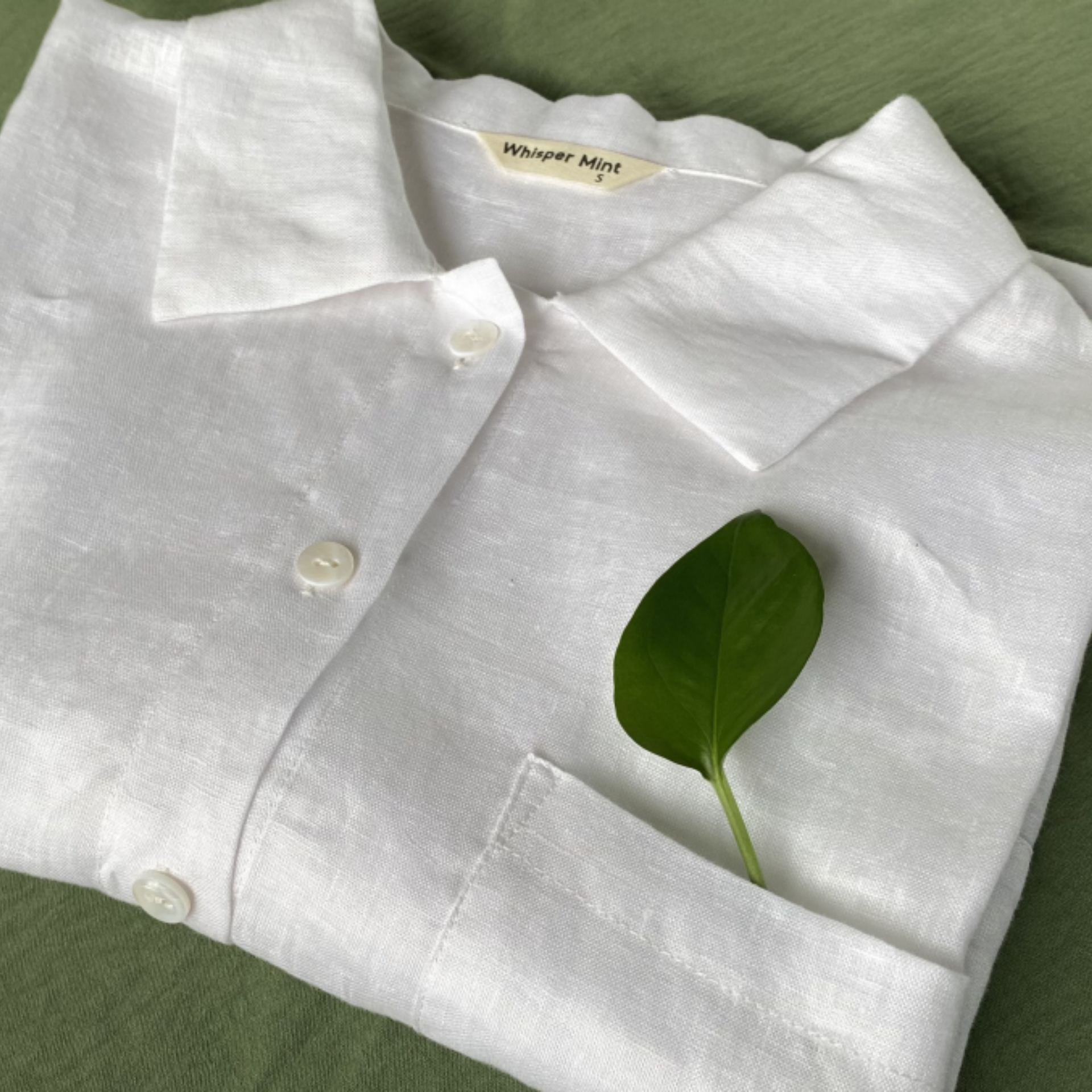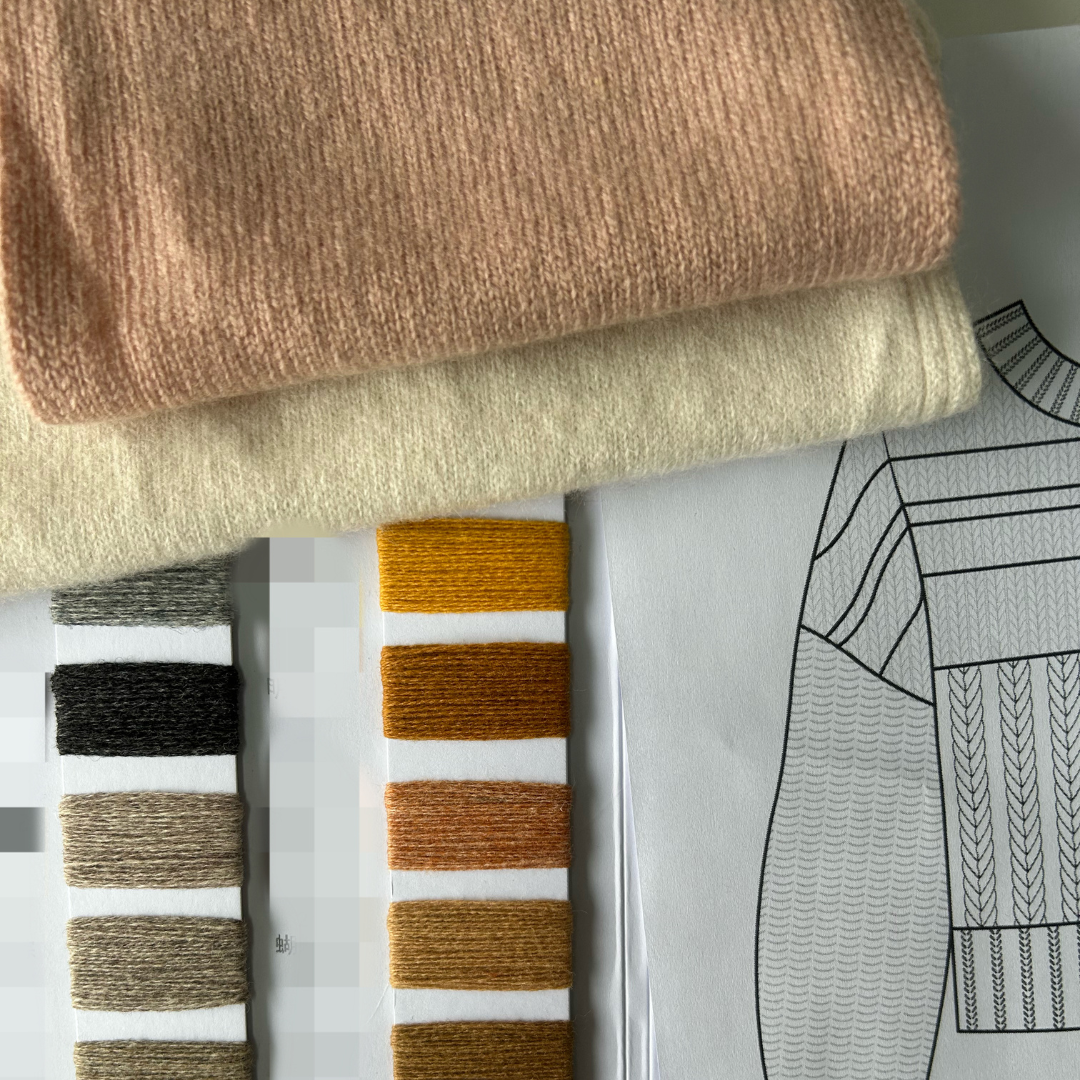Cart
0
Sustainable fashion and Fabric
Linen: The Breathable Elegance
Linen is a fabric that has been cherished for centuries for its natural, luxurious feel. But what makes it sustainable?
- Eco-Friendly Growth: Linen is derived from flax plants, which require far less water and fewer pesticides than cotton. They grow abundantly in various climates, reducing the environmental strain.
- Biodegradability: Linen is biodegradable, meaning it returns to the Earth without leaving harmful waste behind, unlike synthetic fabrics.
- Durability: Linen is known for its durability, meaning garments made from linen have a longer lifespan, reducing the need for constant replacements.
- Breathability: Linen's natural breathability keeps you cool in the summer and warm in the winter, making it an ideal choice for versatile, year-round clothing.
Wool: Nature's Insulator
Wool, known for its warmth and comfort, is another sustainable superstar. Here's why:
- Renewable Resource: Wool comes from the fleece of sheep, which can be shorn regularly without harming the animals. It's a renewable resource, in contrast to synthetic materials that rely on fossil fuels.
- Biodegradable: Like linen, wool is biodegradable, making it a responsible choice for the environment.
- Thermal Regulation: Wool's natural insulating properties help maintain a stable body temperature, reducing the need for excessive heating or cooling.
- Longevity: Wool garments are known for their longevity, often lasting for decades, further reducing the need for replacement.
By choosing linen and wool clothing, you're making a sustainable choice that promotes environmental responsibility, durability, and timeless style. As the fashion industry shifts toward a greener future, these fabrics prove that sustainability can be both elegant and enduring. It's time to embrace fashion that not only looks good but also feels good for our planet.


